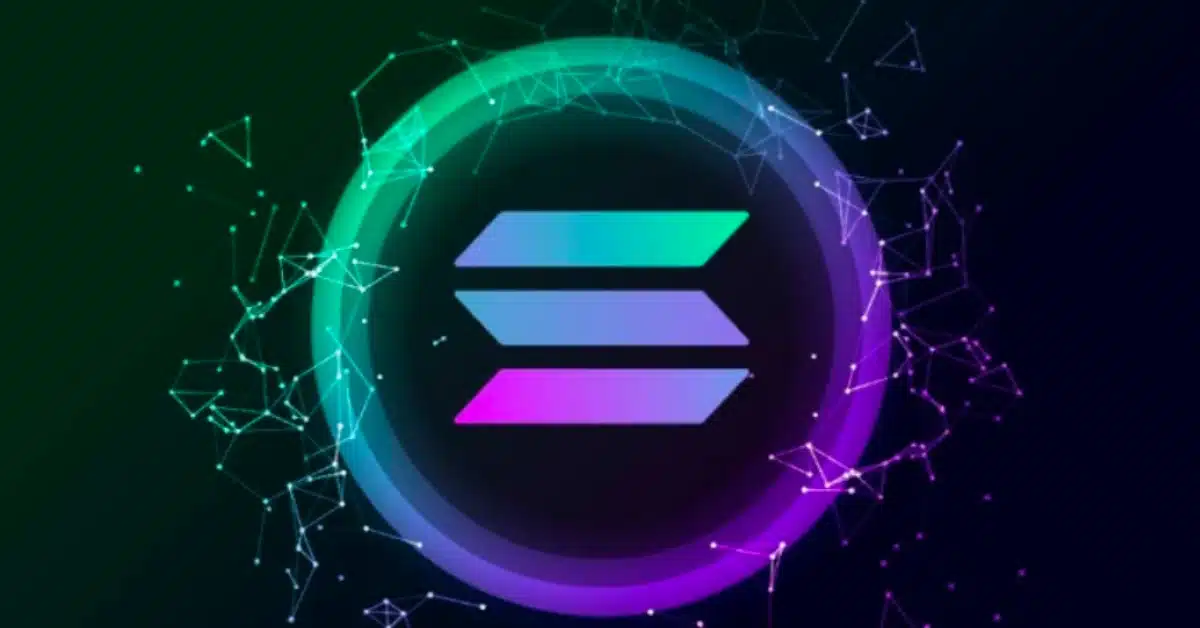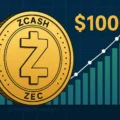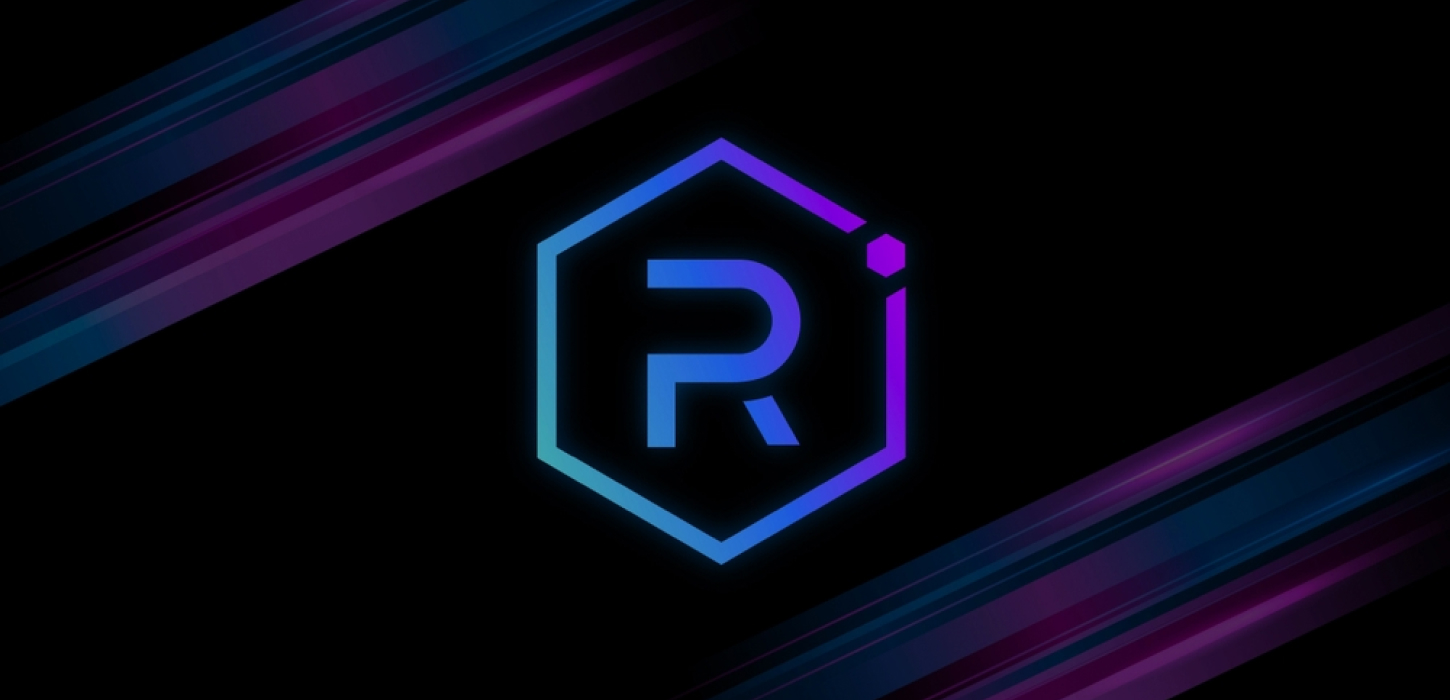
- VW cooperates with HIVEMAPPER in the provision of dynamic real time navigation cards in real time for its growing fleet of robotaxis.
- The decentralized data ecosystem from HIVEMAPPER improves autonomous driving with constantly updated card functions provided by the general public.
The Volkswagen subsidiary for autonomous driving, ADMT, has come together with HIVEMAPPER, a decentralized mapping platform that builds on the Solana blockchain to deliver real-time data for your robotaxi fleet. This step is a significant change in mapping technology, which changes from traditional static methods to a dynamic, constantly changing system.
By using the decentralized power of Hivemapper, Volkswagen wants to supply its robotaxis with precise data in real time that develop as quickly as road traffic itself.
Excited to announce that Volkswagen’s autonomous vehicle subsidiary, Volkswagen ADMT, has selected Bee Maps (powered by Hivemapper) spatial intelligence services to support its autonomous vehicle testing operations.
Robotaxis + Hivemapper are a match made in heaven. Onwards
pic.twitter.com/lo77YQn16b
— ariel seidman (@aseidman) July 8, 2025
The focus of the collaboration is “Bee Maps”, a service for spatial intelligence developed by Hivemapper. Bee Maps collects pictures of drivers who install proprietary Bee-dashcams in their vehicles. The image material recorded by these drivers is then uploaded to the HIVEMAPPER network, where machine learning models process the data on road markings, signage and other important features such as temporary work zones.
This system creates “Living Maps”, which are constantly updated on the basis of real-time contributions and deliver new data much more often than conventional methods, such as fleet-based card surveys.
HiveMapper CEO Ariel Seidman said that the change from static to dynamic maps was crucial for the future of autonomous driving. For robotaxi fleets that rely on high-precision and current data, this dynamic mapping approach is the powerful application of the hour.
Seidman also pointed out that robotaxis need quickly change data, adapted to the current traffic situation-the essential feature of the decentralized mapping network from HIVEMAPPER.
How Bee Maps drives HiveMapper ahead
Bee Maps from HIVEMAPPER works by rewarding drivers who contribute the image material, with honey tokens for every validated segment that they deliver. These crowdsource data create one of the world’s most latest and dynamic card systems based on the Solana blockchain.
The resulting data is sold via APIs used by various industries to dine routing, localization and curb management systems. The transparency and efficiency of the platform make you a convincing choice for companies such as Volkswagen who need high -quality, current map data for your autonomous driving systems.
Volkswagen Robotaxi expansion plans
Volkswagen Admt, currently 30 autonomous electric minivans of type id.buzz On the streets of Hamburg operatedwants to expand the fleet. As part of a partnership with Uber, the company wants bis 2026 Thousands ID. Buzz vehicles in Los Angeles insertwith the aim of offering completely driverless services.
The autonomous minivans rely on an arrangement of 13 cameras and nine other sensors that create about five gigabytes of data per second to capture their surroundings.
However, the vehicles still need external map data in order to be able to work effectively under difficult conditions such as rain, glare or construction sites. With the integration of HIVEMAPPER’s live updates, Volkswagen will be able to transfer road features directly into the perception systems of its autonomous vehicles.
The partnership between Volkswagen and Hivemapper fits into a larger trend in the introduction of decentralized physical infrastructure networks (depins), which changes the way in which industries access data and use them. For example, Lyft has started using HiveMapper feeds to identify drop zones for driving services, and logistics companies use the data to pursue new speed limits and altitude restrictions.








No Comments